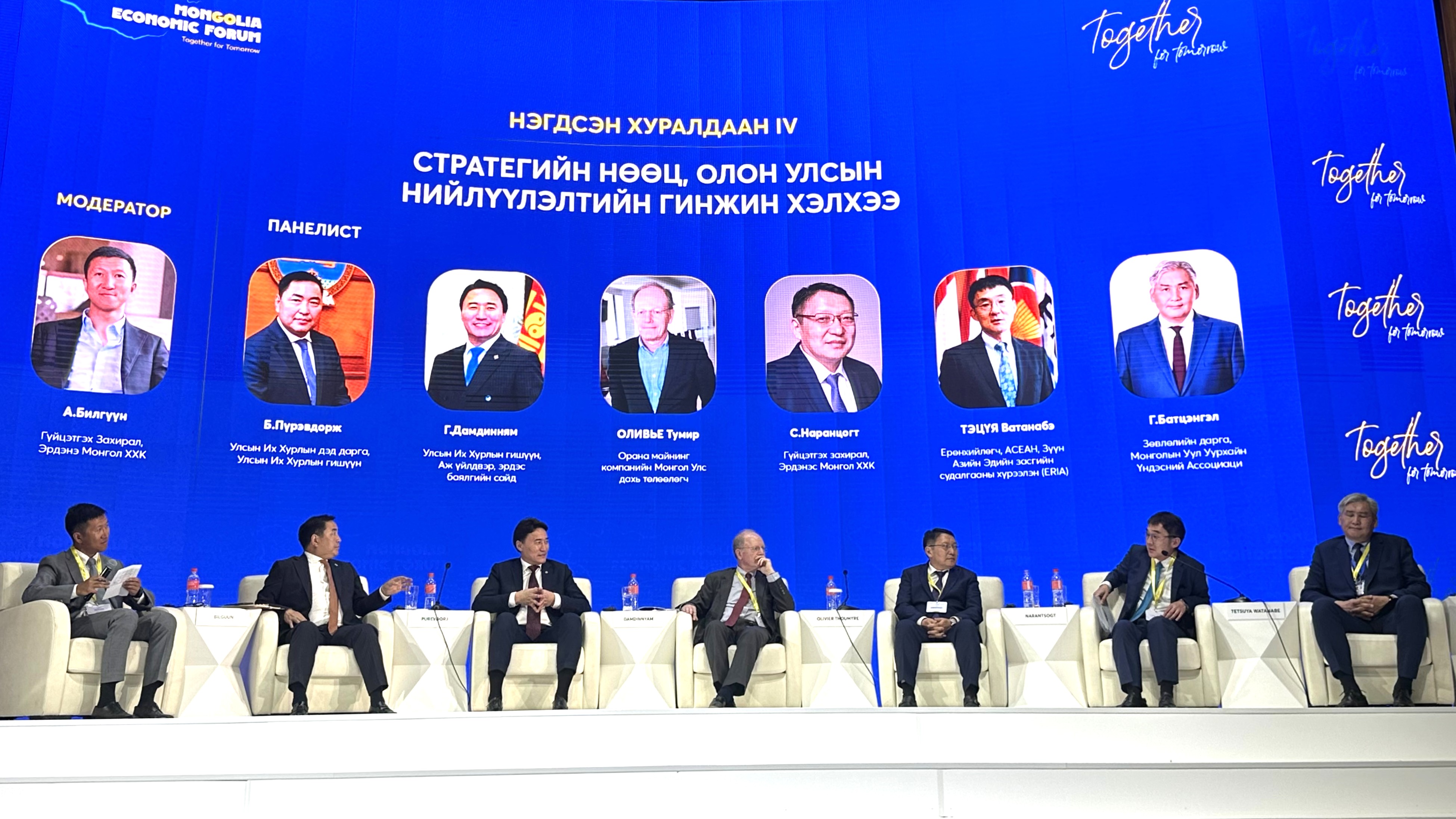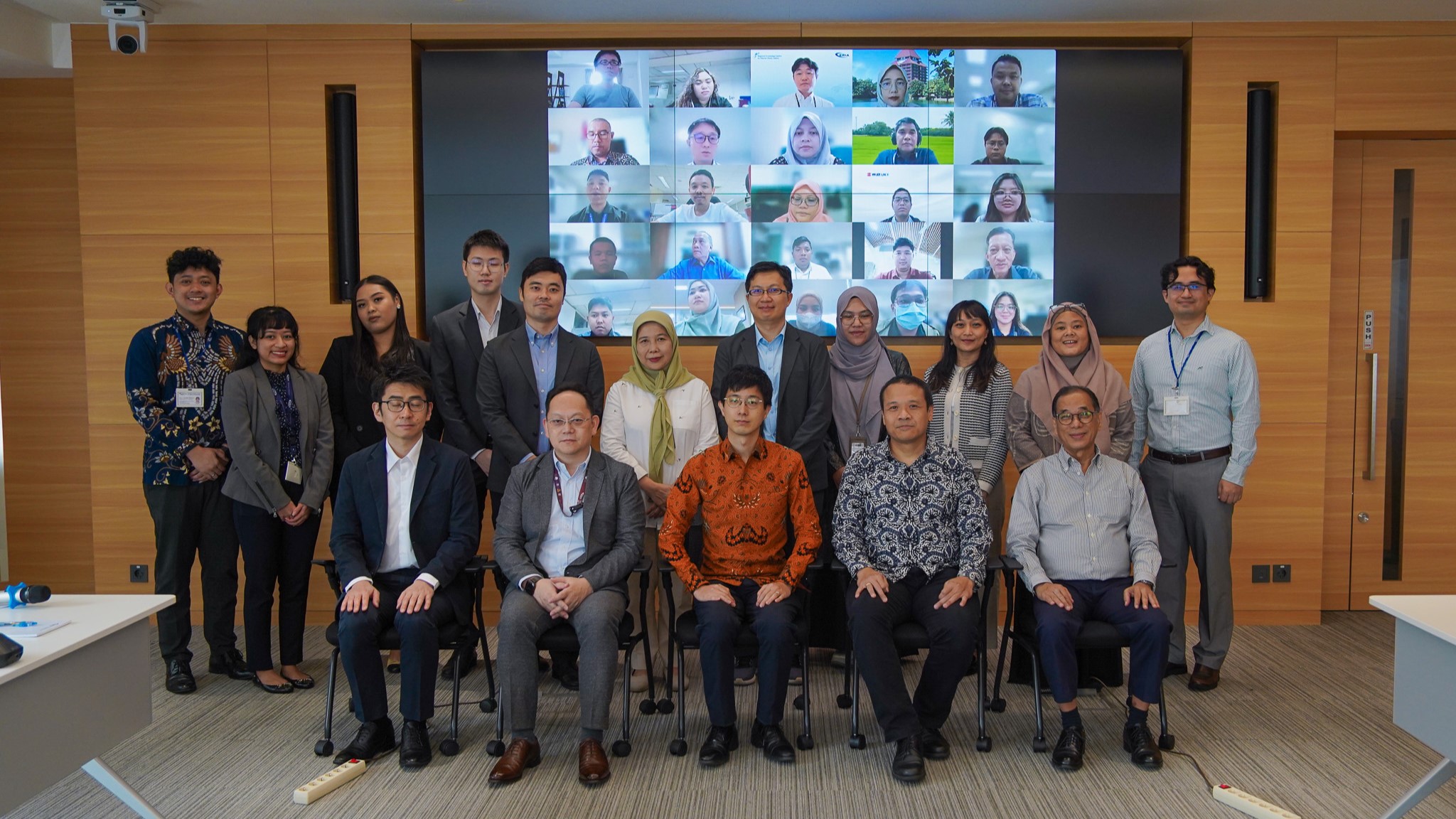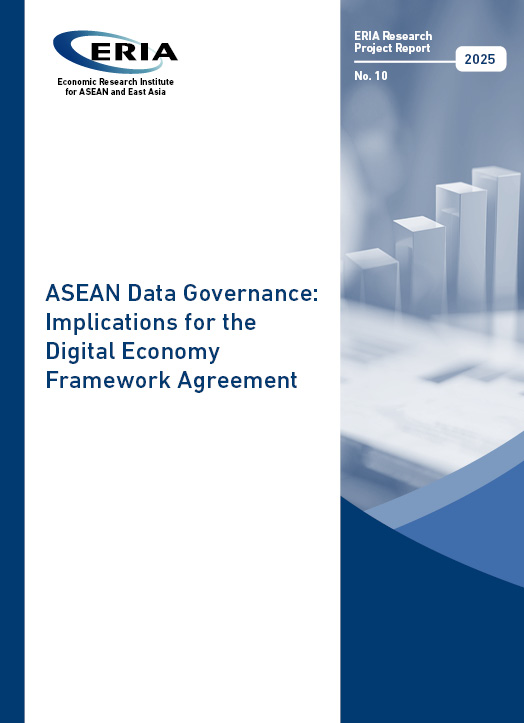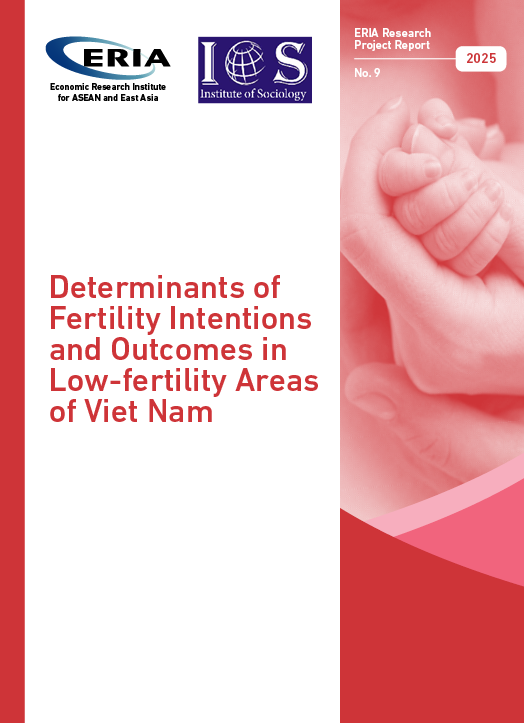Saving the Planet and Making Profit: A Nexus Governance Approach for ASEAN
Date:
28 June 2018By:
Venkatachalam AnbumozhiCategory:
OpinionsTopics:
ASEAN, Energy, Environment, Sustainable Development GoalsShare Article:
Print Article:
ASEAN has put together an ambitious sustainable development agenda with its 2025 community vision. It has also played an important role in shaping the United Nations 2020 Sustainable Development Goals (SDGs) Agenda. If the 17 SDGs, especially SDG2 on food security, SDG 6 on water security, SF7 on energy security, SDG 12 responsible consumption and production and SDG 13 on combating climate change, are achieved, this will combine with the impact of global trends such as climate change to intensify the competition for resources – energy, water, raw materials and land. There is a need for large scale investment and significant improvement in services in order to address supply shortages, increase general welfare and make profit. After all, there are 65 million people across the region with no access to modern energy sources, 48 million people ASEAN-wide with no access to clean drinking water, and another 78 million without adequate sanitation facilities.
Independent sectoral policies competing with one another for resources do not offer any viable solutions to tackling the connected eco-systems challenges, supply risks and investment bottlenecks. ASEAN needs a nexus approach in order to counteract silo policies by promoting a connected means of resolving environmental issues, coordinated management and appropriate governance mechanisms.
Examples of negative impact of uncoordinated policies and activities are too familiar to the region. If we promote the intensive use of agriculture land for palm oil and forests in the upper reaches of rivers, thereby causing soil erosion, this has negative consequences not only for food security, but also for disaster management and supply of clean drinking water from reservoirs. If fish stocks are ruined through the operations of hydro-power plants, then this can have determinantal effect on the nutritious food situation of children living downstream. The inflow of untreated domestic waste, industrial water and plastic debris into water bodies can also heighten health risks. Climate mitigation measures can increase pressure on the resources if they involve activities such as the production of biofuel crops, which consumes volumes of water and thereby stands in competition with food security.
Indeed, there are ways to improve the situation, by looking into the governance of intersectoral interdependencies in the use of energy, water, and land to avoid disasters and climate risks. In several countries looking into incentive structures, governance mechanisms, such as inter-ministerial committees, river basin organizations), and instrumentations such as taxation, licenses and voluntary agreements, potentially reduce negative effects, and offer ways to leverage synergies.
Voluntary agreements between reservoirs and farmers on Bali, Indonesia have significantly reduced nitrogen levels in drinking water through the financing of less nitrogen heavy rice cultivation measures, and have done so without negatively affecting the farmer’s income. The reservoir operators are using the water levy to finance best agricultural practices and at the same time save on costs from the complex water treatment process.
In Lao PDR, hydropower plant operators pay for the conservation efforts by the forest communities in order to minimize sediment deposits in reservoirs, as well as for fields to be left fallow in order to protect catchment areas. And river basin organizations in the Mekong River Basin have helped ensure that the project planning processes take into account the negative environmental impact of hydro-power projects on neighboring states.
Energy and water prices need to be adjusted to incentivize the recycling of waste water and the realization of energy and material saving. As seen in Singapore, it is equally important to close regulatory loopholes, which includes development of operational guidelines for the use of waste water, sludge and other recyclable materials.
Nevertheless, vested shareholder interests and power imbalances lead to a failure to take sufficient account of nexus approach of intersectoral interdependencies. While the power plant operators in Myanmar have worked well in their own interests to reduce the negative effects of land use and social impacts in the upper reaches on the hydro-power plant, they have so far not considered the fact that the power plant is causing reduction in fish stocks, thereby affecting livelihoods of fisherman downstream.
In the case of Mekong River Basin, the member states of Mekong River Commission have committed to providing each other with prior notification of investment projects and established guidelines for Sustainable Hydropower. However, China has to date declined membership of Mekong River Commission, allowing to avoid any commitment to pay for the negative consequences of the dams it has built in the upper reaches.
A nexus governance approach is effective for addressing the severe environmental challenges facing ASEAN, but it must be designed as a multi-level system, because resource flow and material interdependencies do not always coincide with local administrative borders. Consequently, a multi-level governance approach, such as in the case of hydro-power projects on international rivers, requires coordination between the local, state and interstate levels. At the same time, instruments generally apply to entire local authorities and are not designed to address individual environmental problems. As such, there is need to strive to ensure coherence that goes beyond setting targets for SDGs and defining standards for sector investment policies.
ERIA’s research into this nexus approach shows that it is not so much a case of setting up new nexus institutions for SDGs, but rather of adequately combining existing governance mechanisms and instruments across various levels and policy areas.
---
This opinion piece has been published in The Nation and The Jakarta Post. These opinions are his own and do not necessarily represent ERIA. Click here to subscribe to the monthly newsletter.
Saving the Planet and Making Profit: A Nexus Governance Approach for ASEAN







